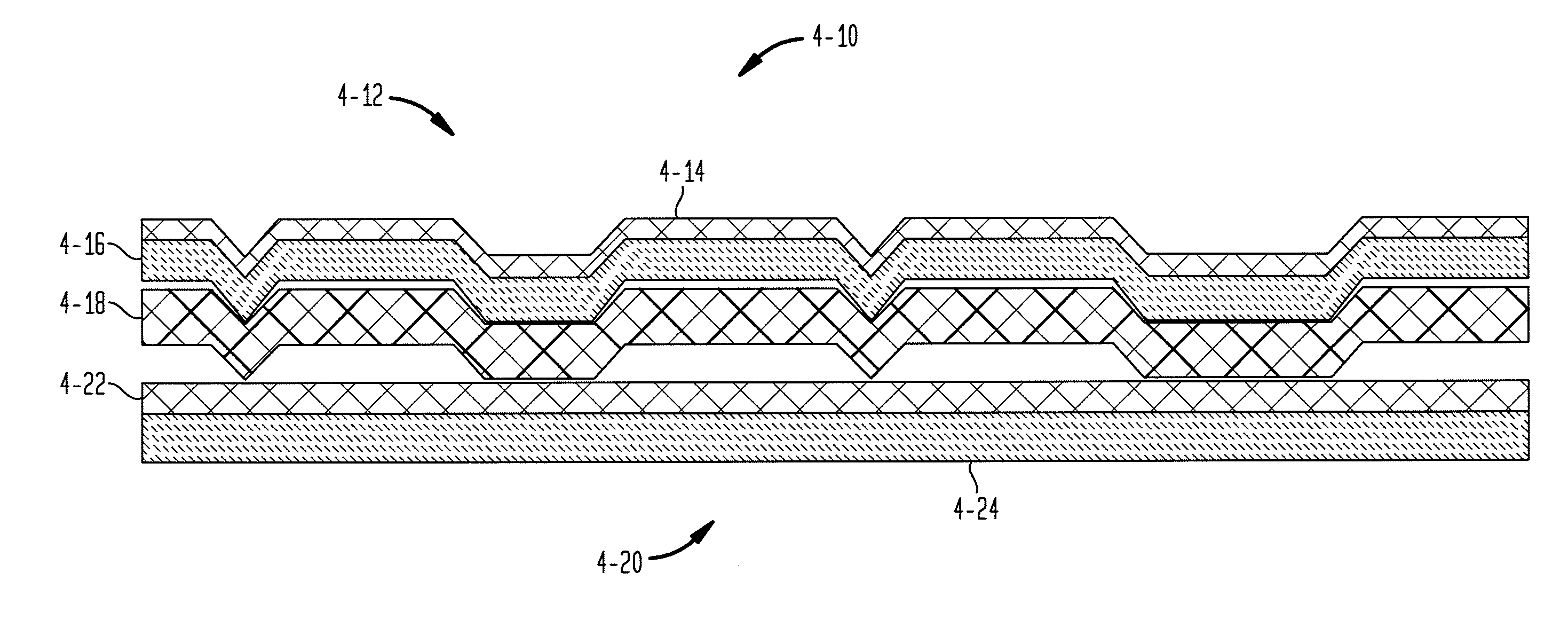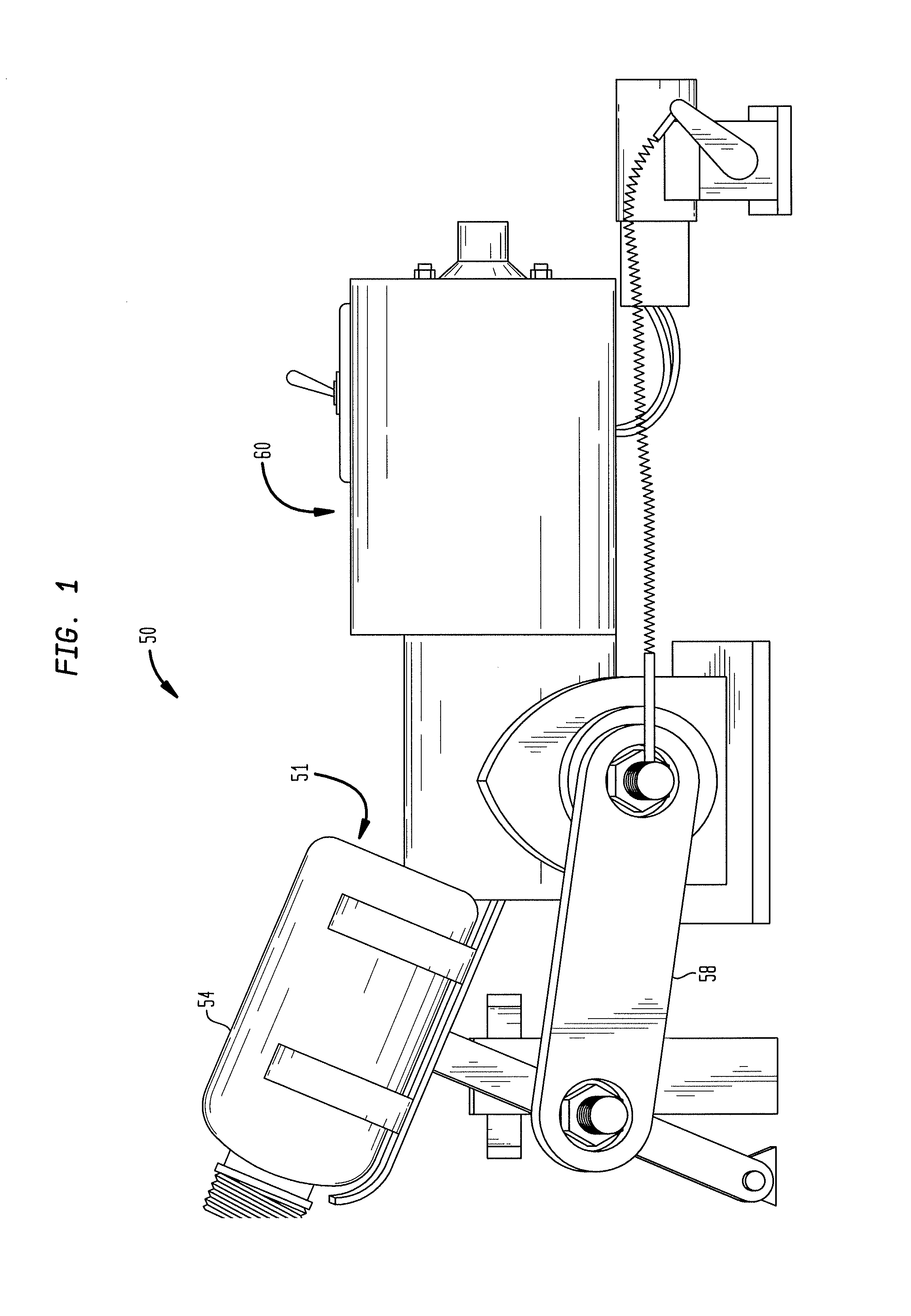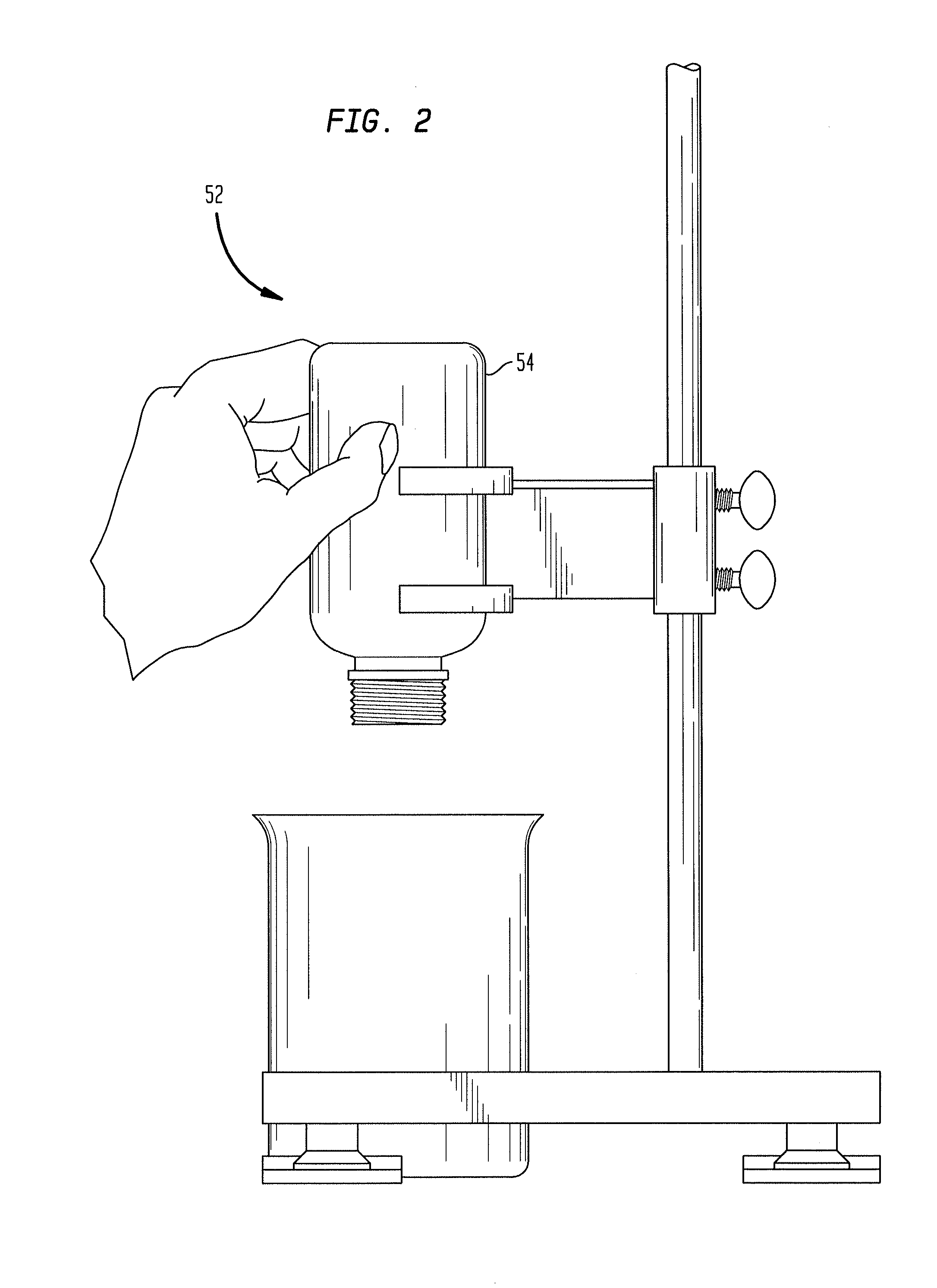High Softness, High Durability Bath Tissue Incorporating High Lignin Eucalyptus Fiber
a high-durability, bath tissue technology, applied in the direction of instruments, cellulosic plastic layered products, non-fibrous pulp addition, etc., can solve the problems of low yield from kraft pulping process, failure to disclose, and relatively expensive kraft fibers, so as to offset the cost of cellulose microfiber (cmf) and premium furnishing, the effect of less wet lin
- Summary
- Abstract
- Description
- Claims
- Application Information
AI Technical Summary
Benefits of technology
Problems solved by technology
Method used
Image
Examples
example 1
[0163]We have found that we can get suprisingly good softness, bulk and wet properties using eucalyptus APMP, either without, or in conjunction with, relatively low contents of CMF, even in CWP products. Accordingly, it is evident that eucalyptus APMP can be substituted into the formulations described elsewhere in this application to provide significant benefit.
[0164]Pulps were distributed from tanks according to Table 11. The strategy for the outer plies was to make a Yankee layer with kraft pulp and good durability with a layer of high-bulk APMP or other integrated furnish. The middle ply was homogeneously formed with a high (65%) percentage of APMP to maximize bulk or 100% southern kraft. P6 high bulk APMP was used for outer plies, and P3 APMP was used for the middle ply. Marathon NBSK was unrefined. The source of eucalyptus was Votorantin Celulose e Papel (VCP) aka Fibria, Sao Paolo, Brazil.
TABLE 11StratifiedTank 1, Air layerTank 3, Yankee layerTotalCellB.W.PulpB.WPulpBWPurpose1...
example 2
[0188]Four different fiber variants of eucalyptus pre-conditioning refiner chemical alkaline peroxide mechanical pulp (P-RC APMP) (“APMP”) having a brightness of 85 to 88 ISO, bulk between 2.0 and 3.9 cm3 / g and breaking length between 1.4 and 4.0 km. as set forth in Table 19.
TABLE 19Summary of trial pulp blendsP3 High StrengthP4 High StrengthP5 High BulkP6 High BulkOpticalBrightness, UV-C87.788.685.185.0L*97.697.897.096.8a*−2.1−1.9−2.0−1.8b*4.94.55.75.5Whiteness71.873.966.366.8Opacity82.882.083.185.2MorphologyLn, mm0.380.370.370.36Lw, mm0.710.670.710.69Lz, mm0.920.830.960.95Coarseness, mg / 100 m10.79.512.410.6Fines(w), %11.611.211.612.1Curl Index(w)0.030.030.030.03Shives, %1.60.46.11.9HandsheetsTensile, km2.93.90.91.4Bulk, cc / a2.52.03.93.4OtherKappa148155135148Fiber Charge, meq / 100 g−9.7−14.0−11.9−10.1Total Charge, meq / 100 g−26.1−25.7−19.6−19.5Freeness, ml534422594492
[0189]Preliminarily, a variety of handsheets using the fiber variants along with more conventional papermaking fibers ...
PUM
| Property | Measurement | Unit |
|---|---|---|
| area | aaaaa | aaaaa |
| length | aaaaa | aaaaa |
| number average length | aaaaa | aaaaa |
Abstract
Description
Claims
Application Information
 Login to View More
Login to View More - R&D
- Intellectual Property
- Life Sciences
- Materials
- Tech Scout
- Unparalleled Data Quality
- Higher Quality Content
- 60% Fewer Hallucinations
Browse by: Latest US Patents, China's latest patents, Technical Efficacy Thesaurus, Application Domain, Technology Topic, Popular Technical Reports.
© 2025 PatSnap. All rights reserved.Legal|Privacy policy|Modern Slavery Act Transparency Statement|Sitemap|About US| Contact US: help@patsnap.com



